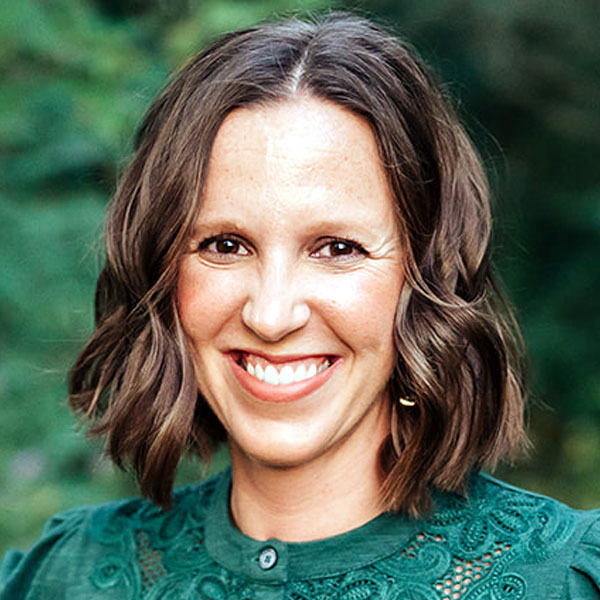The call to forgive student loan debt grows louder each year. From prominent politicians to everyday borrowers, we have heard how crippling student loan debt has been to the economy and individual lives.
Though the Biden administration has taken steps to provide some student loan debt relief, it is a long way from complete student loan forgiveness for all borrowers. However, some institutions are hoping to solve the problem before it even begins.
Twenty years ago, Princeton University launched an initiative to help its students graduate with no debt. They replaced loans with grants, eliminating student loan debt for their graduates. In the years that followed, other colleges, like Harvard, Amherst, and Yale, did the same.
It's not a novel concept, but it is one that is gaining traction each year, especially as the nation faces a $1.7 trillion student debt crisis.
Just last week, Colgate University announced that it will completely cover tuition for families making less than $80,000 a year and replace loans with grants for students whose family income is less than $150,000, according to Yahoo! News. Smith College also stated that it will remove student loans for those that qualify for need-based grants.
They join 57 other colleges that have similar programs.
Student Loan Hero provides a great breakdown of colleges and state school systems that have a “no loans” policy for all – or qualifying – students. While there are schools that have a no-loans policy for all students, there are those that extend the offer only to low-income students. Finally, there are a few states that have no-loans policies for qualifying students.
For instance, students in California who have a household income below $80,000 qualify for no loans in their financial aid packages at all University of California institutions.
If you hope to qualify for a no-loans policy at a specific school, or a school within your state, public system, there are a few things you need to do:
- Fill out the FAFSA. The Free Application for Federal Student Aid is the means by which you will be evaluated on whether or not you qualify for no loans. This must be completed if you hope to have any kind of financial aid package at all. This form becomes available on October 1, and you must complete it for each year that you plan to be enrolled in college. Fill it out as soon as possible – or by your state’s FAFSA deadline.
- Complete your college’s supplemental financial aid forms. In addition to the FAFSA, many colleges and universities rely on their own financial aid forms in order to get a clear picture of what a family can realistically afford. It is likely that any conversation you have with a financial aid officer at your institution will start with, “Have you completed our financial aid forms yet?”
- Talk with a financial aid administrator. If you would like to know more about the no-loans policy at your school, and whether or not you qualify, talk with a financial aid administrator. These individuals work for the school in order to help families navigate paying for college. Essentially, their job is to guide students and their families through the process – so use them.

